Super-Earth Discovered And Could Actually Be Habitable
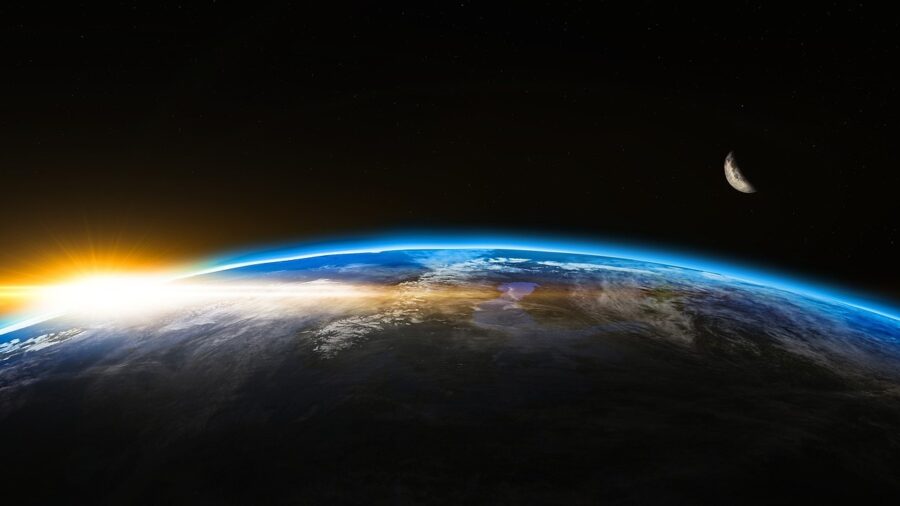
Astronomers have discovered a Super-Earth named TOI-715b in the habitable zone of an M-dwarf star located approximately 137 light-years away. As detailed in a paper titled “A 1.55 Earth-radius habitable-zone planet hosted by TOI-715, an M4 star near the ecliptic South Pole,” the find possesses characteristics that make it an intriguing host for potentially habitable planets.
Perfect For The Presence Of Water
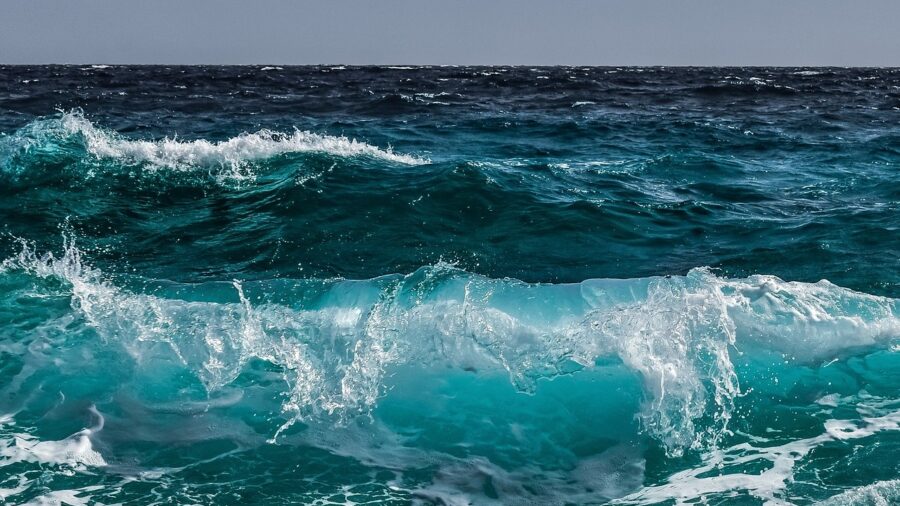
With roughly one-quarter the mass and radius of our Sun, TOI-715b, the discovered Super-Earth, dances in a tight orbit around its celestial companions, completing one orbit in just 19 days. This close proximity places TOI-715b within the star’s conservative habitable zone, an area where conditions might be suitable for the existence of liquid water.
The Conservative Habitable Zone
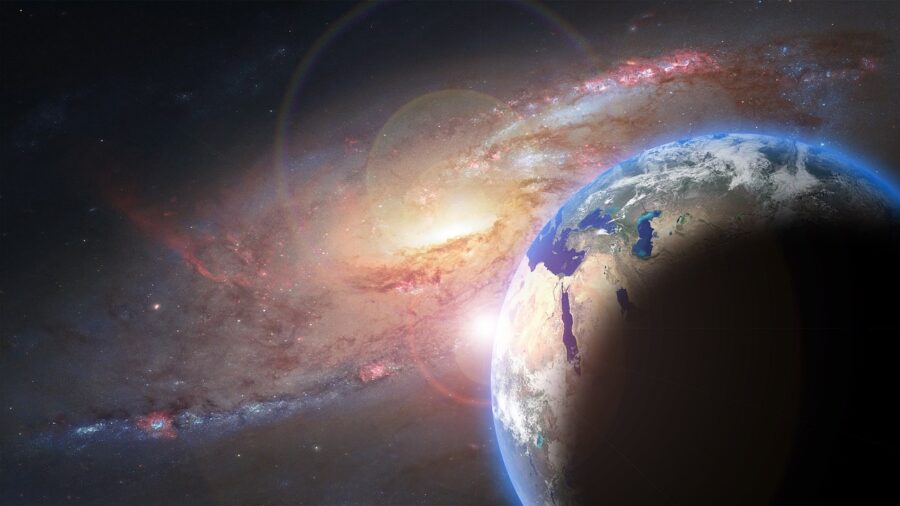
The concept of a conservative habitable zone (CHZ), defined by a specific range of solar insolation, offers a more refined approach to identifying habitable Super-Earth planets. TOI-715b is positioned in the “small planet radius gap” or the “sub-Neptune radius gap.” This gap, identified in the population of small planets between 1.5 and 2 Earth radii, holds crucial clues about the mass-loss mechanisms of planets.
The James Webb Telescope
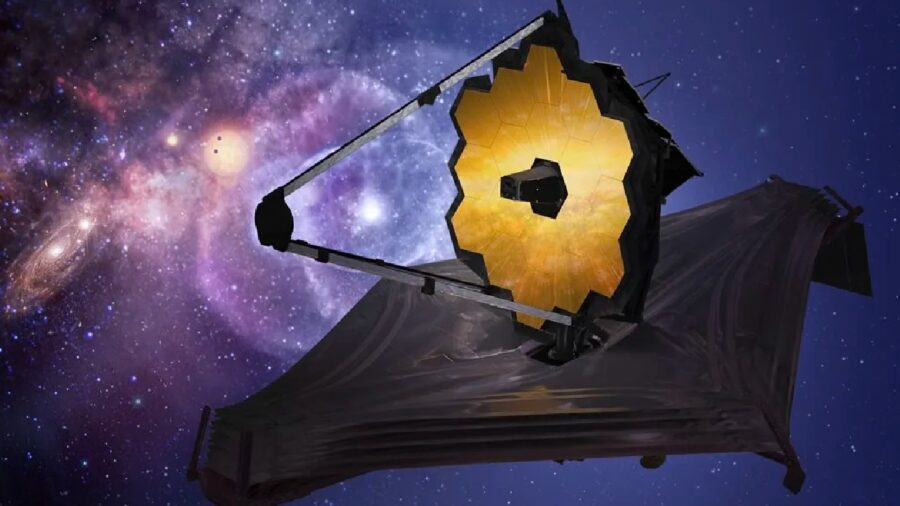
However, a key point of interest lies in the ongoing debate about whether M-dwarfs exhibit a radius gap or a density gap, which Super-Earth TOI-715b might help solve. TOI-715b, being in close proximity to its star, will make it easier for the James Webb Space Telescope to conduct detailed exoplanetary atmospheric characterizations.
The frequency and depth of the exoplanet’s transits make it an efficient use of the telescope’s time, offering a potential glimpse into the composition of the Super-Earth’s atmosphere. However, despite being in the conservative habitable zone, the actual habitability of TOI-715b remains speculative until further observations are made.
More Hopeful Signs
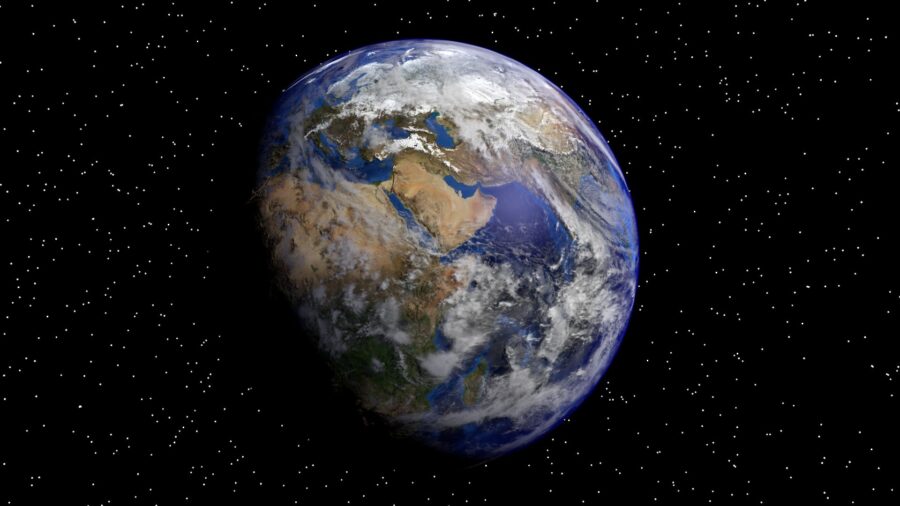
The age of TOI-715, approximately 6.6 billion years, coupled with its low degree of magnetic activity, bodes well for the potential habitability of its orbiting Super-Earth. The absence of flaring in the TESS light curves further suggests a stable environment, which is crucial for the sustenance of planetary atmospheres.
More Potential New Homes
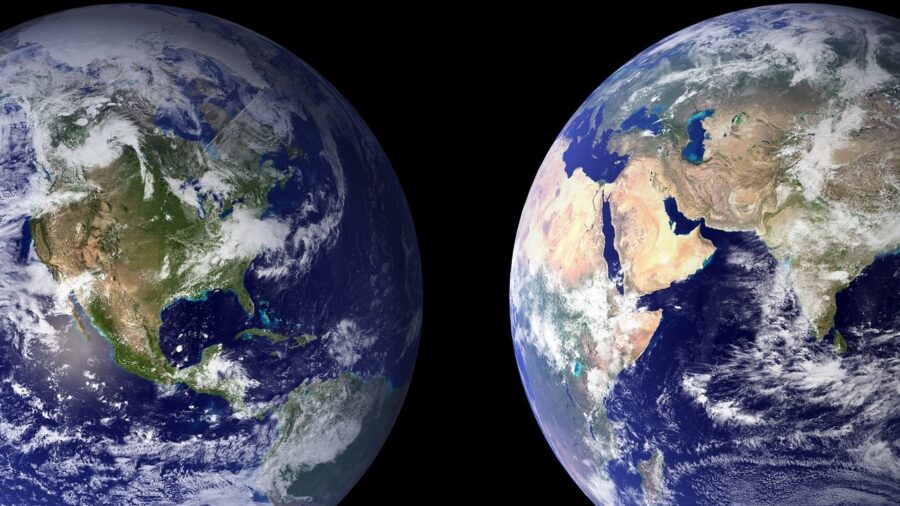
Another potential habitable zone planet, TIC 271971130.02, awaits confirmation in the TOI-715 system. If validated, it would be the smallest habitable zone planet discovered by TESS, adding another layer of significance to this cosmic Super-Earth ensemble. Interestingly, this isn’t the first potentially habitable exoplanet that has been found.
In January 2023, scientists found TOI 700 e, which was discovered using data from NASA’s Transiting Exoplanet Survey Satellite. It is an Earth-sized world, orbiting within the habitable zone of its star, where liquid water can exist on its surface. The planet is 95 percent the size of our Earth and is likely rocky. At the time, the TOI 700 was one of only a few systems with several small, habitable-zone planets.
Gliese 667Cc, Kepler-22b, and TRAPPIST-1e are other potentially habitable exoplanets. Although the discovery of a Super-Earth is exciting, the actual habitability of these planets is still uncertain. It would depend on various factors, including their atmospheres and other environmental conditions. Further study, including the analysis of their atmospheres, is needed to assess their potential for supporting human life.












